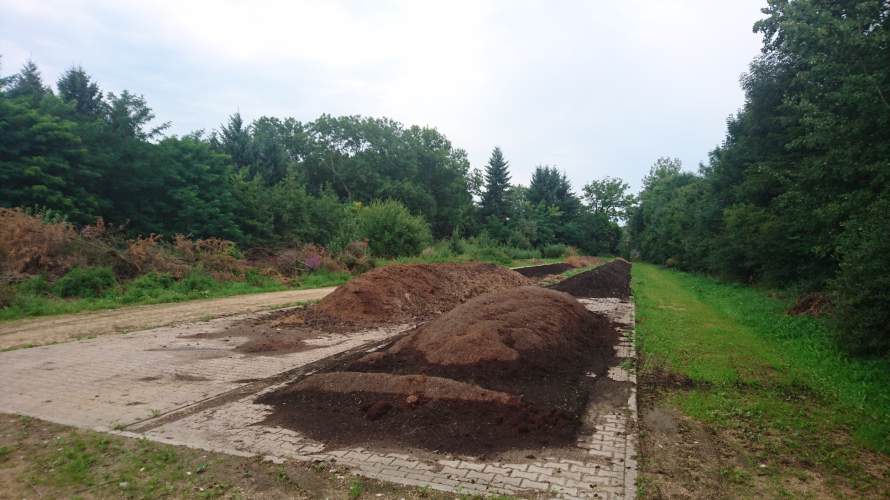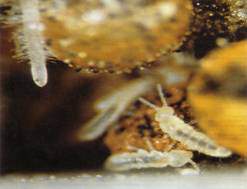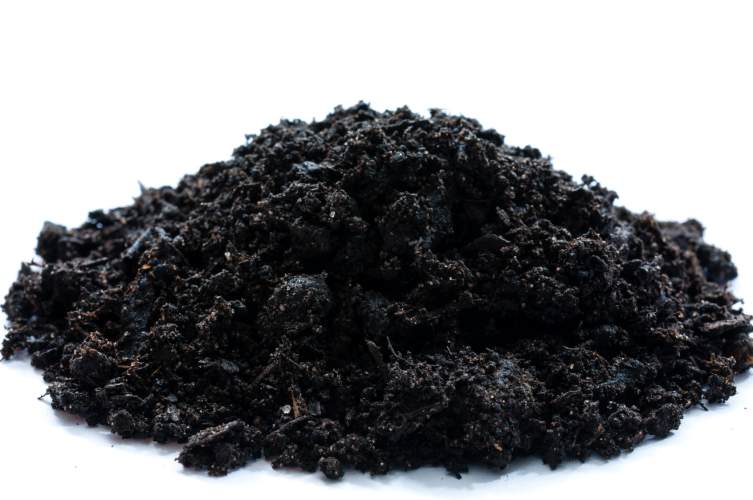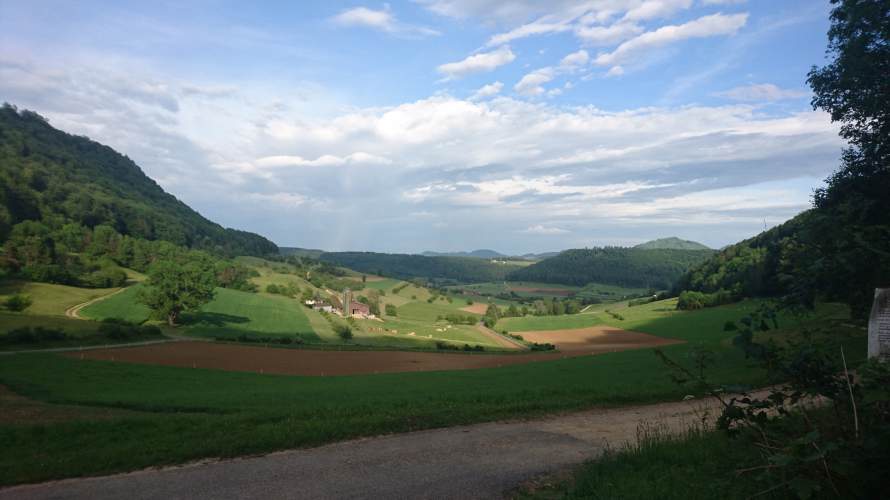Carbon Farming/ Terra Preta / Biochar
After some preparatory work, BUND’s Soil Protection / Contaminated Sites working group published a Critical assessment of Terra Preta / Pyrolysis Charcoal in 2015 . It critically analyses the hype surrounding the so-called soil improver. The assessment points to many unanswered questions and problems with the use of so-called “biochar”.
The current and large humus deficit in our soils cannot be solved with biochar, as the charred biomass is not an adequate food source for the important soil organisms. In addition, the production of biochar produces carcinogenic pollutants (PAHs) that are hazardous to the soil.
The vaunted climate effectiveness of biochar by removing CO2 from the atmosphere is illusory due to the far too small quantities of carbonisable biomass that would be available.
Biochar is a highly technologically produced substrate that has nothing in common with the natural humification process of “Terra Preta” or with its chemical composition. It is not the humic substances of classic “Terra Preta” that have been formed over centuries. The application can therefore not be described as a “nature based solution”.
Soils are not carbon reservoirs. Climate-resilient agriculture means promoting soil fertility through crop rotations, high-quality organic fertilisers, such as compost, and through the promotion of a diverse, living soil life. The aim is to shift humus-building and humus-degrading processes (both of which are necessary for high biological activity) towards the building processes.
The German Thünen Institute for Agricultural Climate Protection writes on the use of “biochar” in its Soil Condition Report 2018:
>> Does the use of biochar have potential?
Biochar from the process of pyrolysis exhibits high stability in soils and could thus contribute to the stable fraction of permanent humus. Positive yield effects of biochar have so far only been demonstrated in nutrient-poor tropical soils, but not in the more nutrient-rich soils of temperate climates. Open questions regarding the availability of suitable initial substrates for the biochar, their pollutant contents, the profitability and the legal framework conditions as well as the overall energetic and ecological assessment currently stand in the way of a positive evaluation of the use of biochar in our arable soils. <<
In this context a scientific report by the EEB addresses the potentials and risks of “carbon farming” and corresponding measures:
The European Environmental Bureau (EEB): Carbon Farming for Climate, Nature, and Farmers report.
See also: Current 2021 study on the risks of Biochar.
Offer: Soils as carbon reservoirs – too little thought? – Lecture or seminar
Offer: Carbon farming – climate protection, climate adaptation or greenwashing? – Lecture or seminar
Offer: Improving water storage and climate adaptation with humus build-up… – Lecture or seminar
Read also:
Beste, A. (2022): GREENWASHING & HIGH TECH – Faking it: (un-)sustainable solutions for agriculture.
With the collaboration of A. Beste; EEB (2021): Carbon Farming for Climate, Nature, and Farmers report



